A Fusion of Nature, Heritage and Newari Food
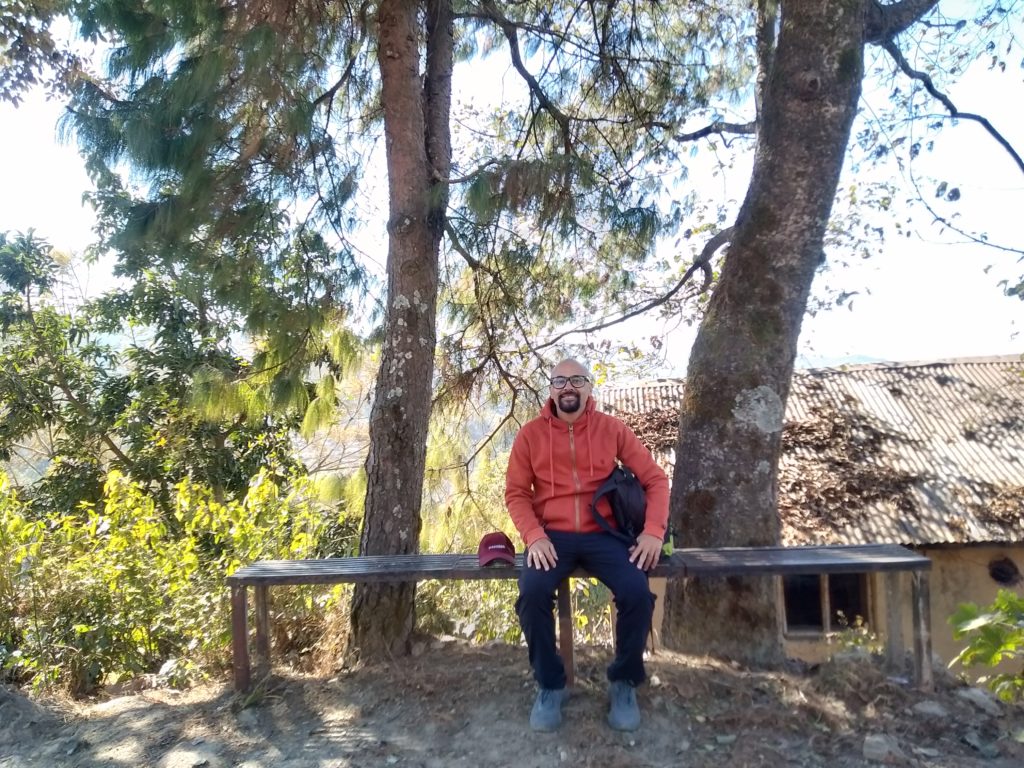
In Kathmandu Valley, there are a few places that remain awake until early morning hours, and Durbar Marg is one of them. At 6 am on February 8, 2024, Durbar Marg is calm. Some homeless people are sleeping in front of closed shops. The February chill clawed at them, a stark contrast to the warmth they desperately lacked. Yet, across the city, a different melody played out. Bagbazaar bustled with youthful energy, students like excited bees buzzing towards their educational hives. Hope painted their faces, a counterpoint to the despair etched on the faces of Durbar Marg’s forgotten souls.
We asked the bus conductor, “Yo bus kaha jaane ho?” (“Where is this bus going?”). His answer, “Bhaktapur,” aligned perfectly with our desire, and we readily hopped aboard, ready to embark on a journey.
Pursuing a Taste of Local Newari Breakfast
Nearly thirty minutes later, we arrived in Bhaktapur. Our exploration led us to a charming old sweet shop, where we couldn’t resist the allure of Jerry Swari. We ordered a few pieces to kickstart our delightful breakfast feast. After relishing these sweet treats, we ventured to another shop for a wider array of local delicacies. Succumbing once again to temptation, we added more Jerry Swari alongside Malpuwa, Nimki, Selroti, and a warm cup of tea. With contented stomachs, we made our way to Kamal Binayak Bus Park and boarded a local bus bound for Nagarkot.
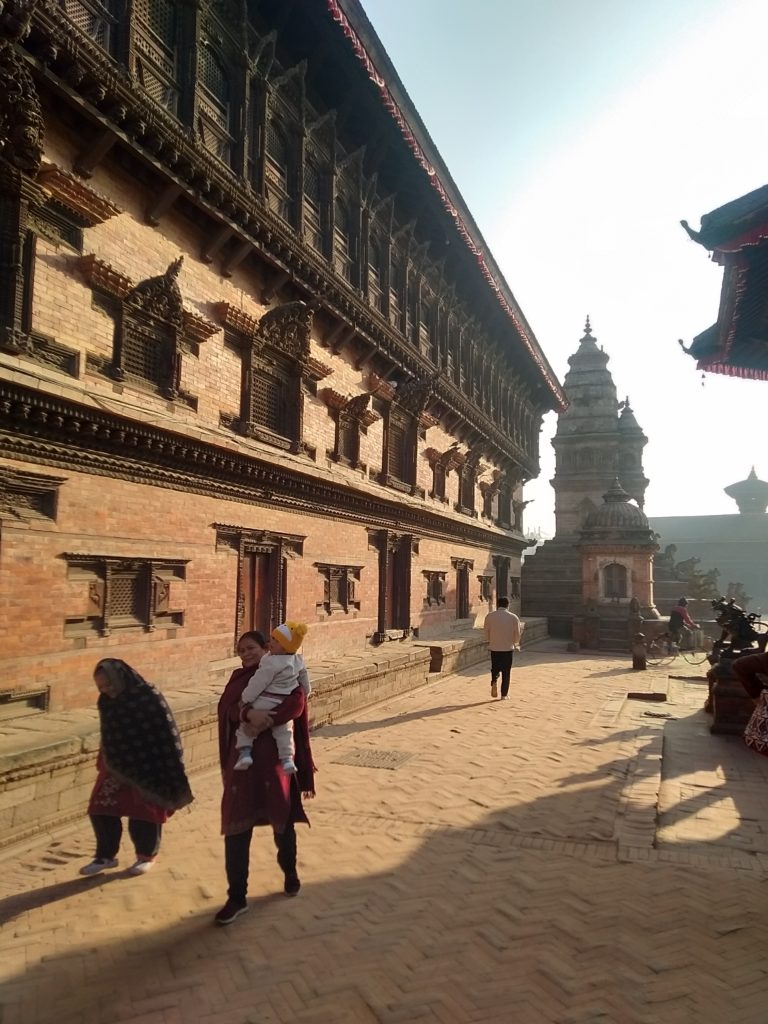
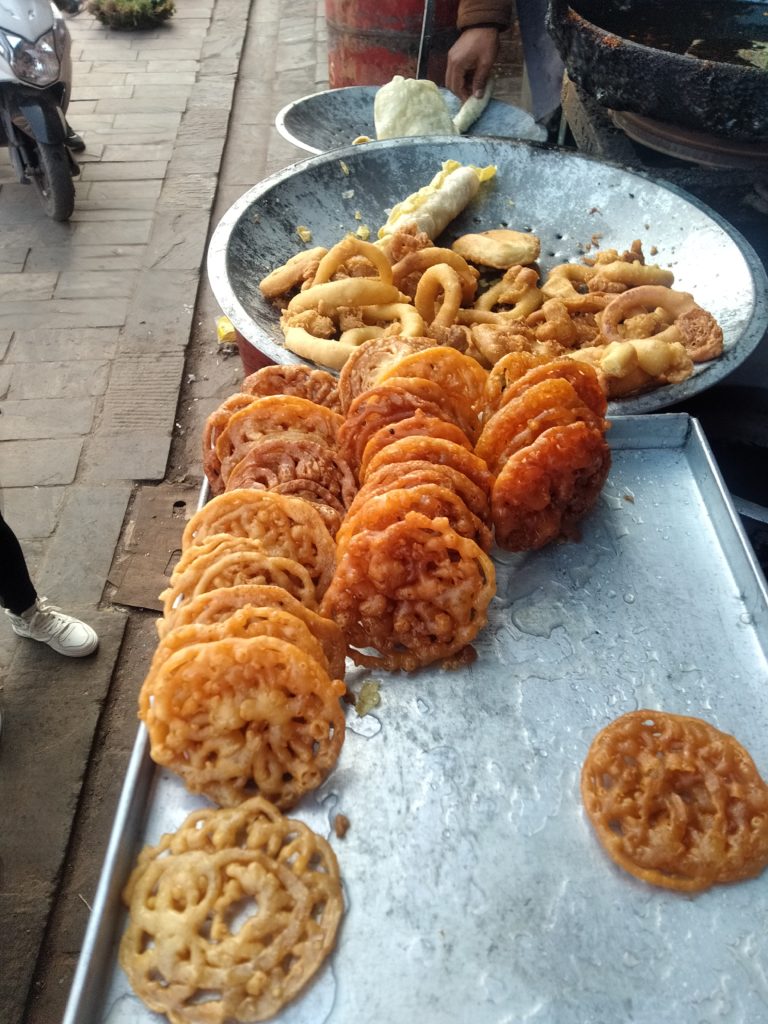
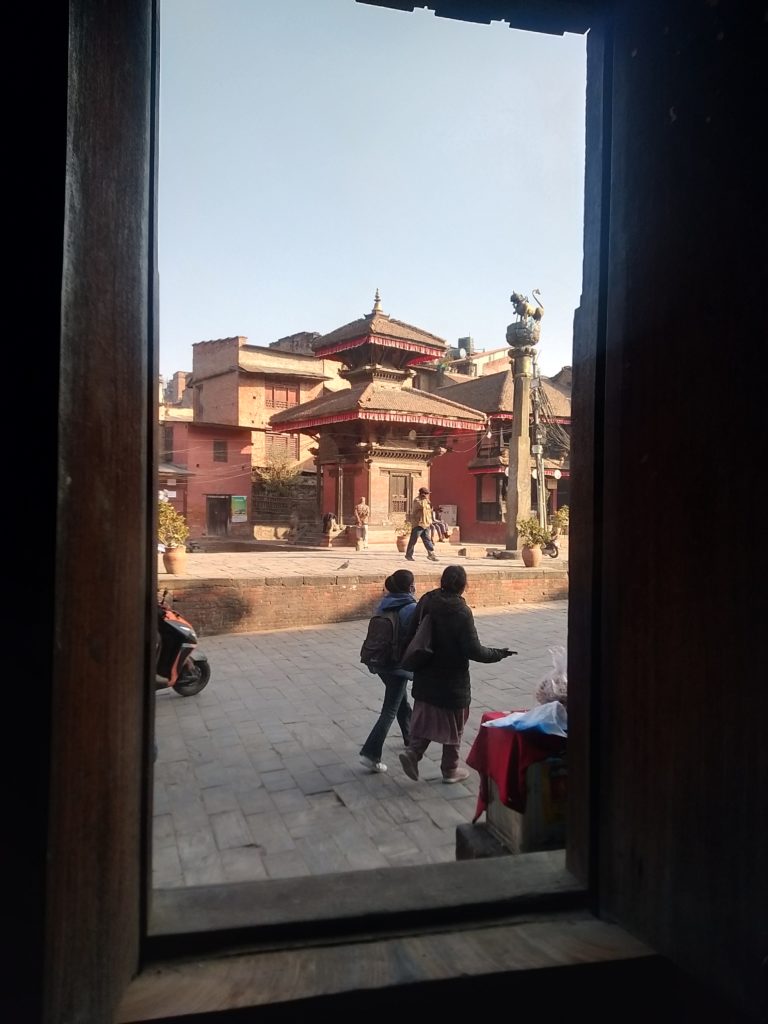
The Commencement
Situated at an elevation of 2100m above sea level, Nagarkot is a popular destination for travelers seeking panoramic mountain views. During weekends, many escape the noisy and polluted city life to revel in the serenity of Nagarkot.
I have frequented this place numerous times, often as a starting point for hikes to Chisapani, Sankhu, Changunarayan, and Dhulikhel. As it was a Thursday, there were no other hikers—just the two of us. We commenced our hike from Nagarkot, albeit disappointed by the lack of clear mountain views.
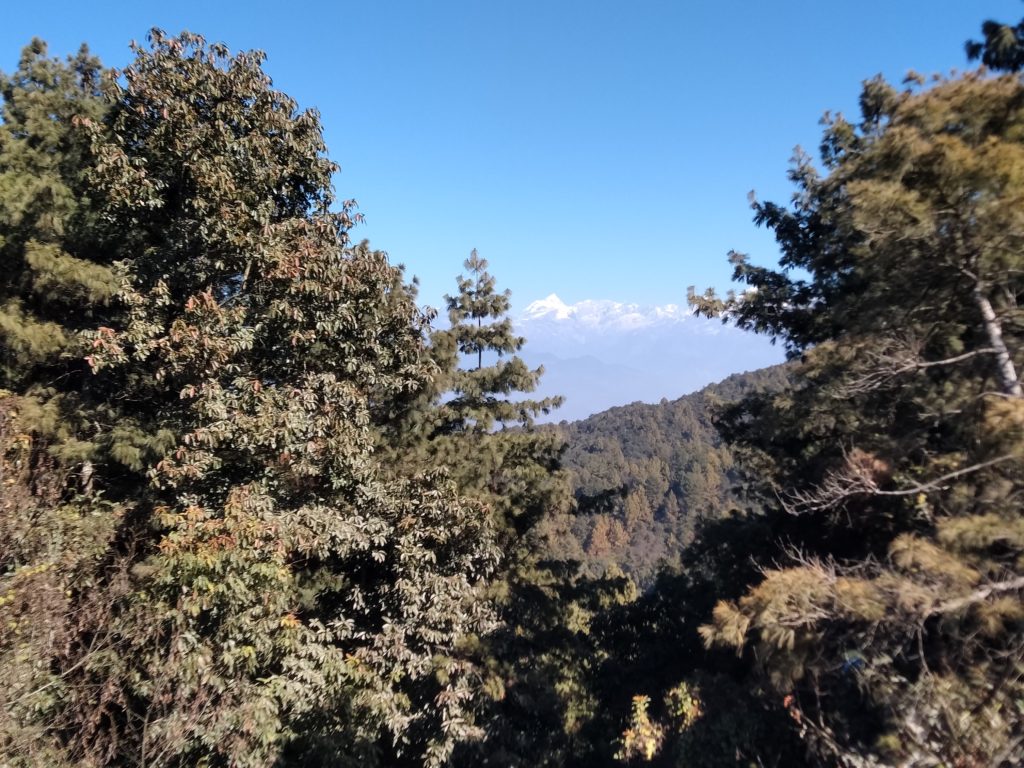
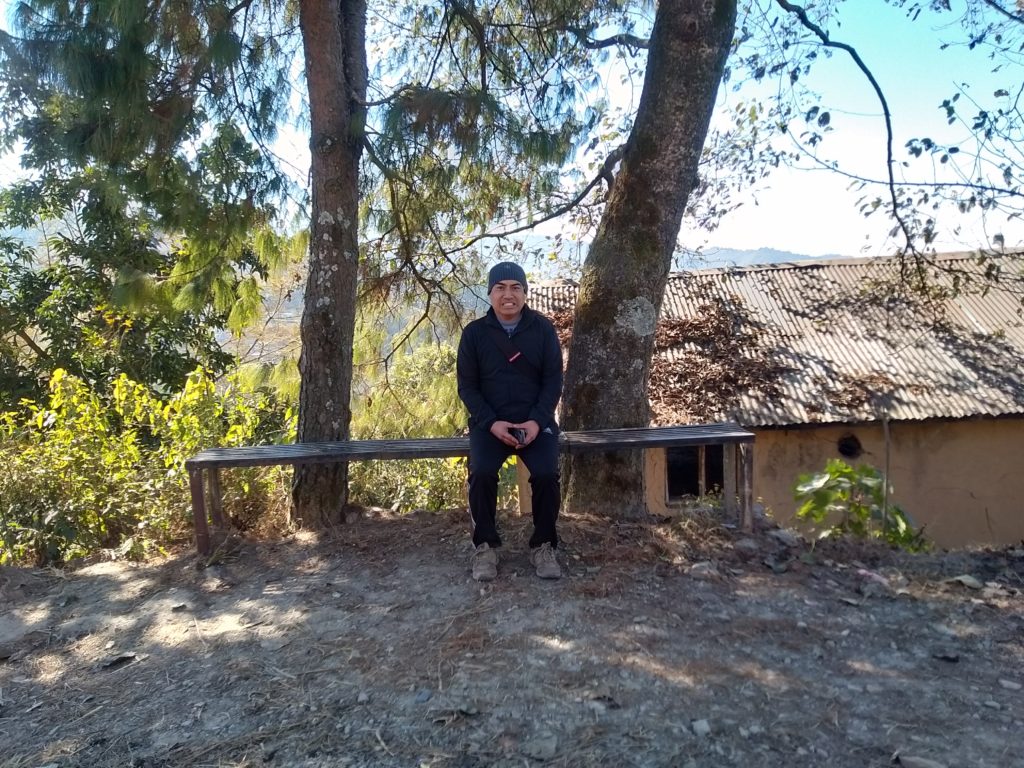
The Unchanging Path
A decade later, I find myself hiking with Subin along this familiar route. Memories of our time with our office colleagues at Gapsco come flooding back as we hike. The path remains unchanged, mirroring our memories. “Look, that’s where it all happened back then,” we reminisce, engaging in such conversations throughout our journey. This time, we witness the completion of the construction of Buddha Park, capturing a few photographs in this newly finished park.
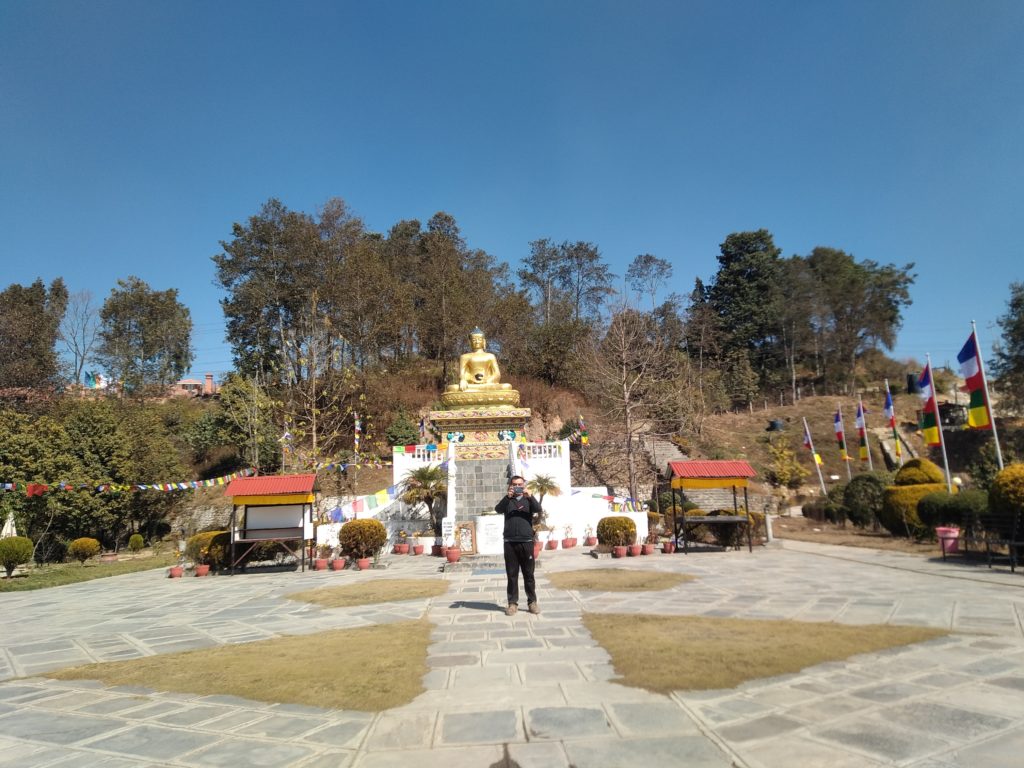
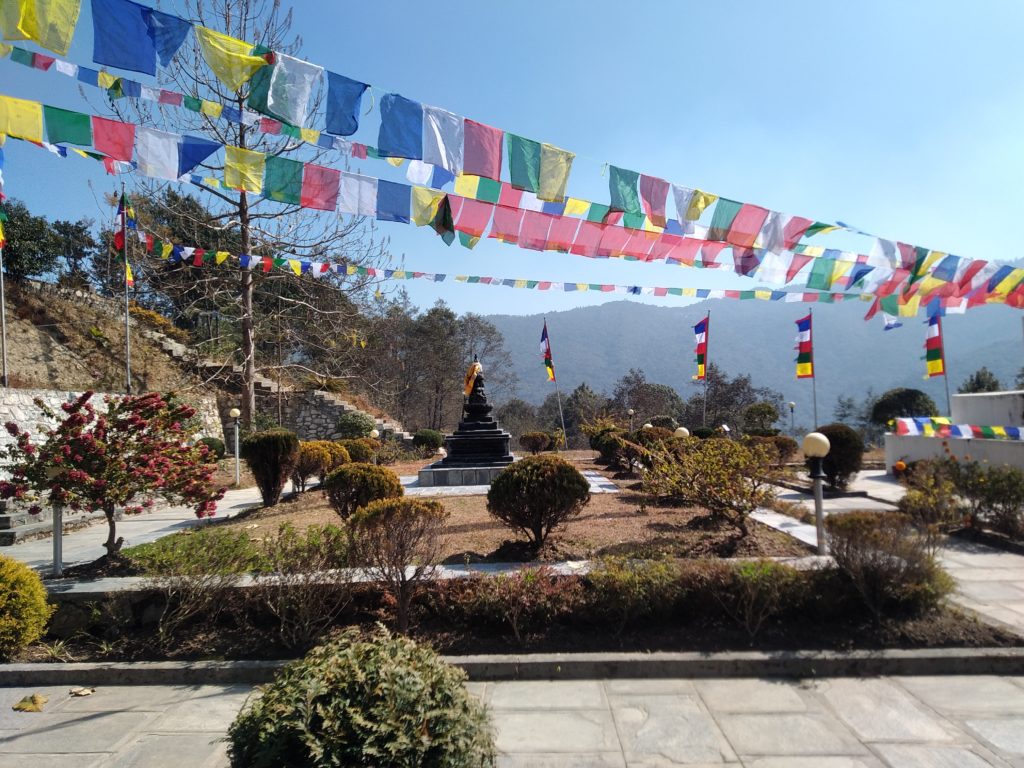
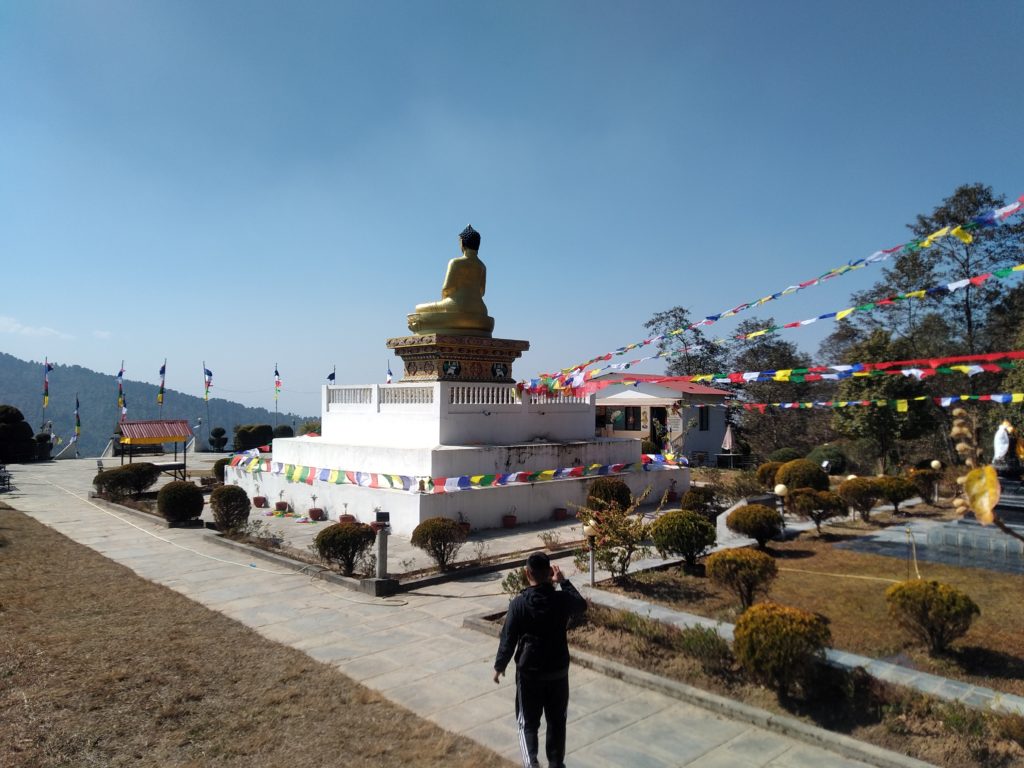
As we journeyed, we encountered local villagers engaged in the craft of making Aaila, a traditional local alcohol. Without hesitation, I approached them, requesting a taste of their brew, which they generously provided. The aroma of the alcohol filled the air, spreading throughout the village. With each sip, the alcohol tasted sweeter and more complex.
The production of Aaila holds special significance for the women of the household, who take pride in their skillful brewing. They invest considerable effort and time into crafting Aaila for special occasions or for sale. We had tasted millet-flavored and wheat-flavored Aaila, and both were delightful.
As we savored the Aaila, I recalled my grandmother’s advice: ‘To judge the quality of Aaila, one must pour a small amount into a cup and ignite it. A vibrant blue flame suggests high quality.’
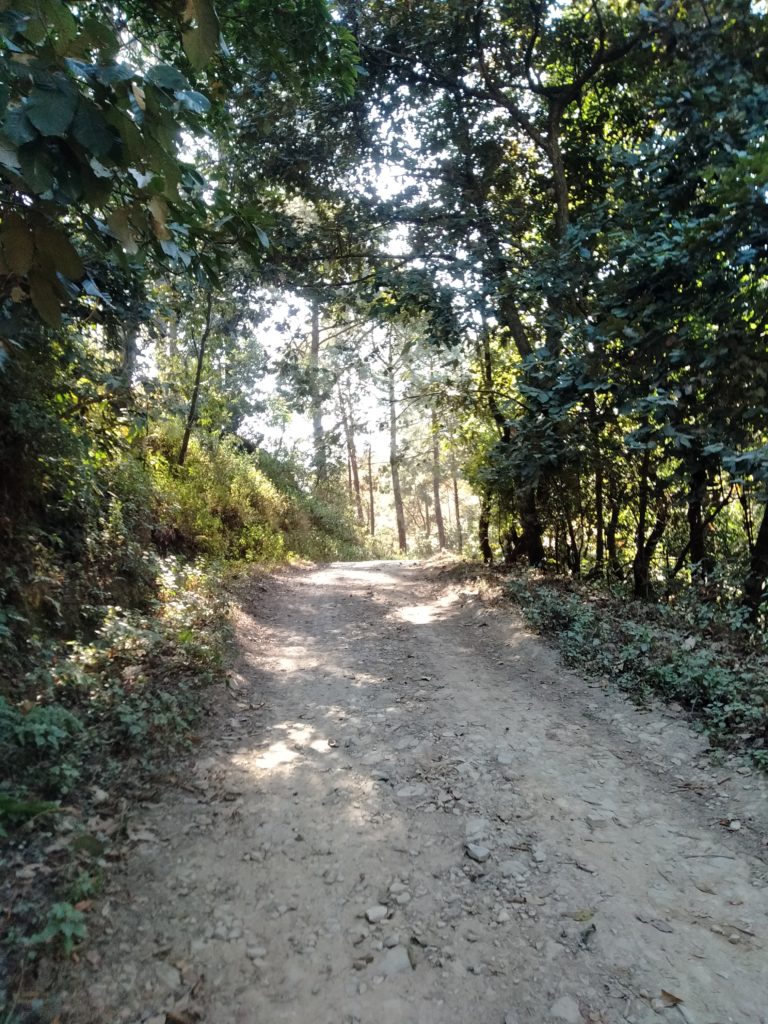
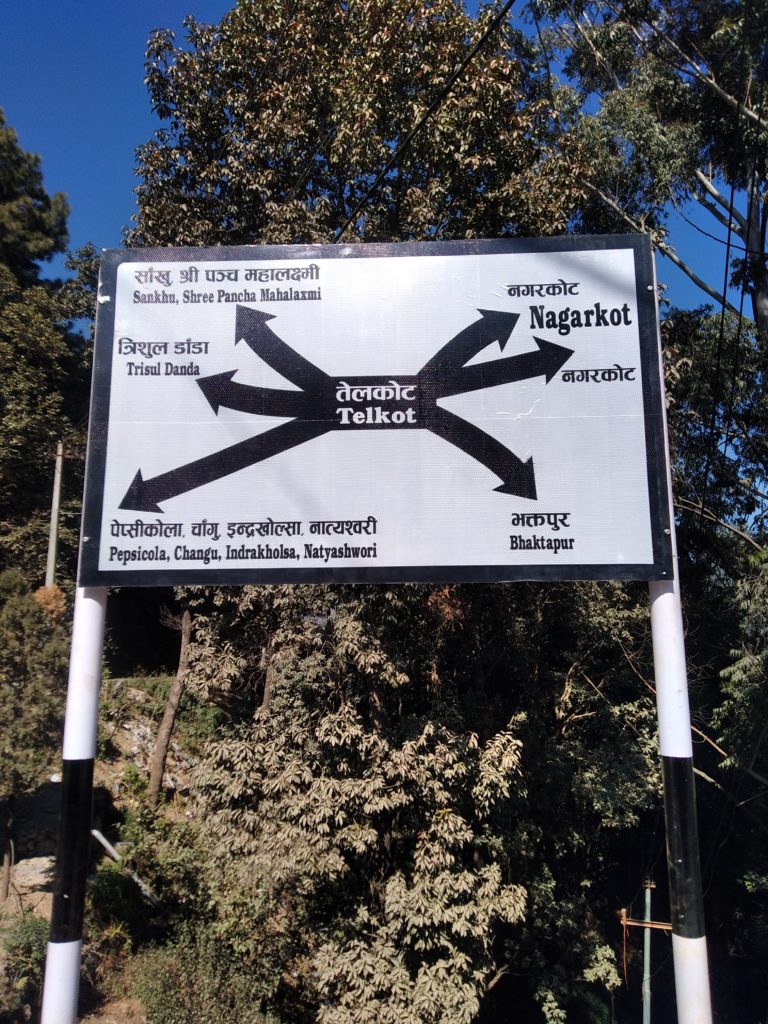
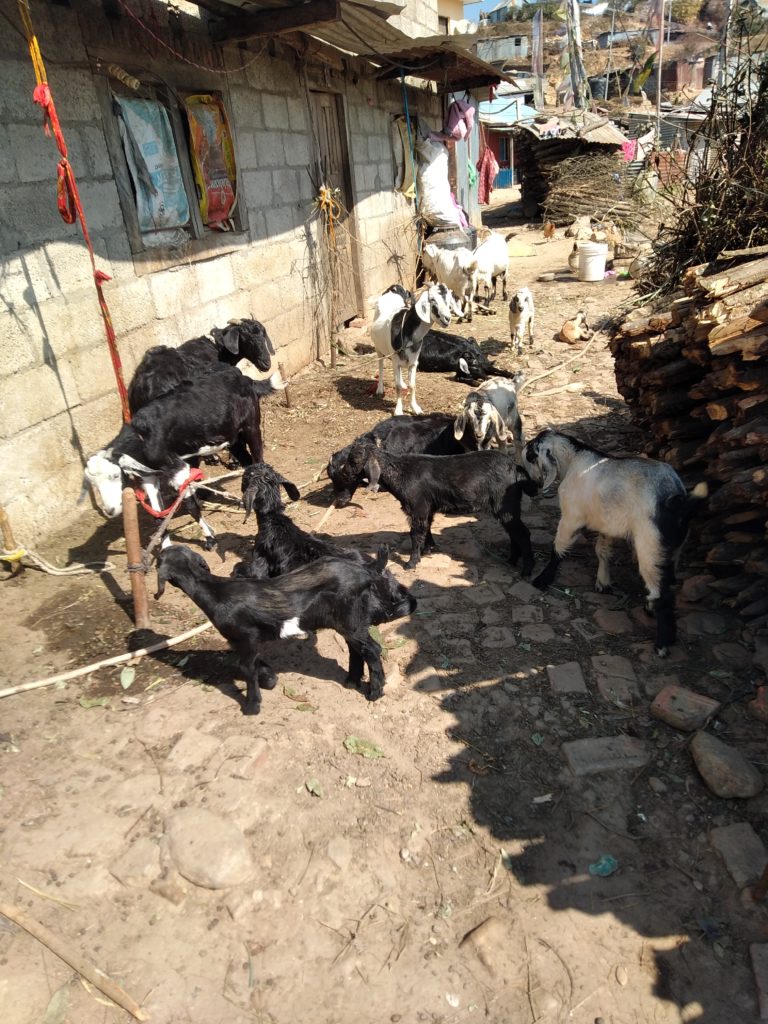
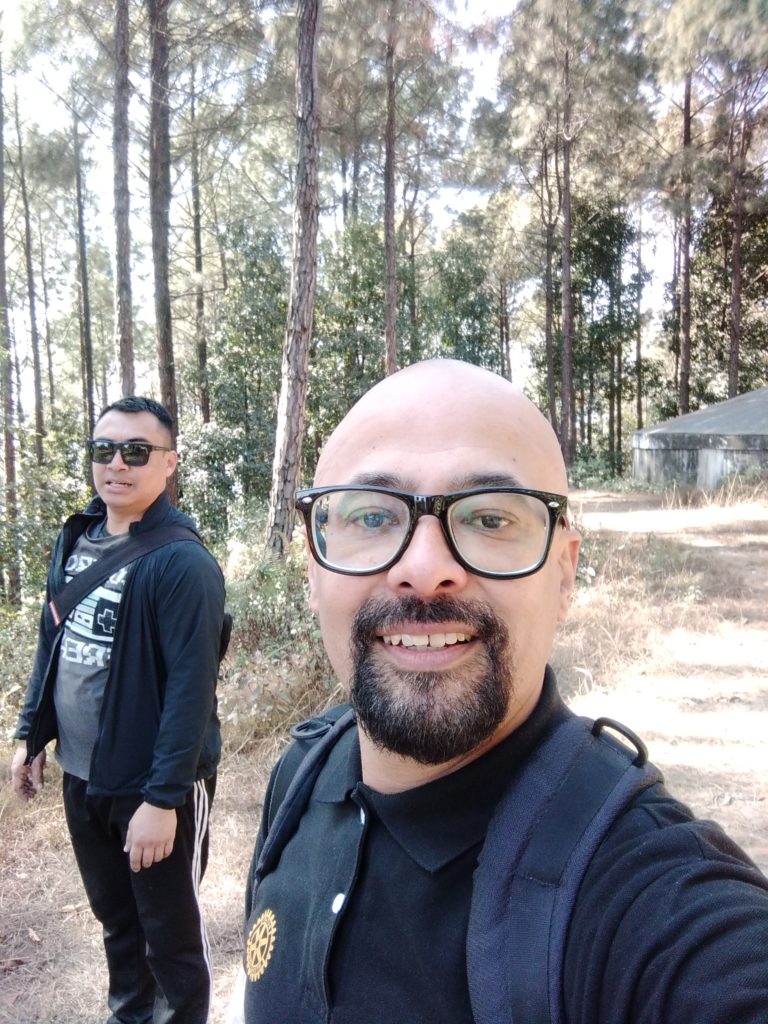
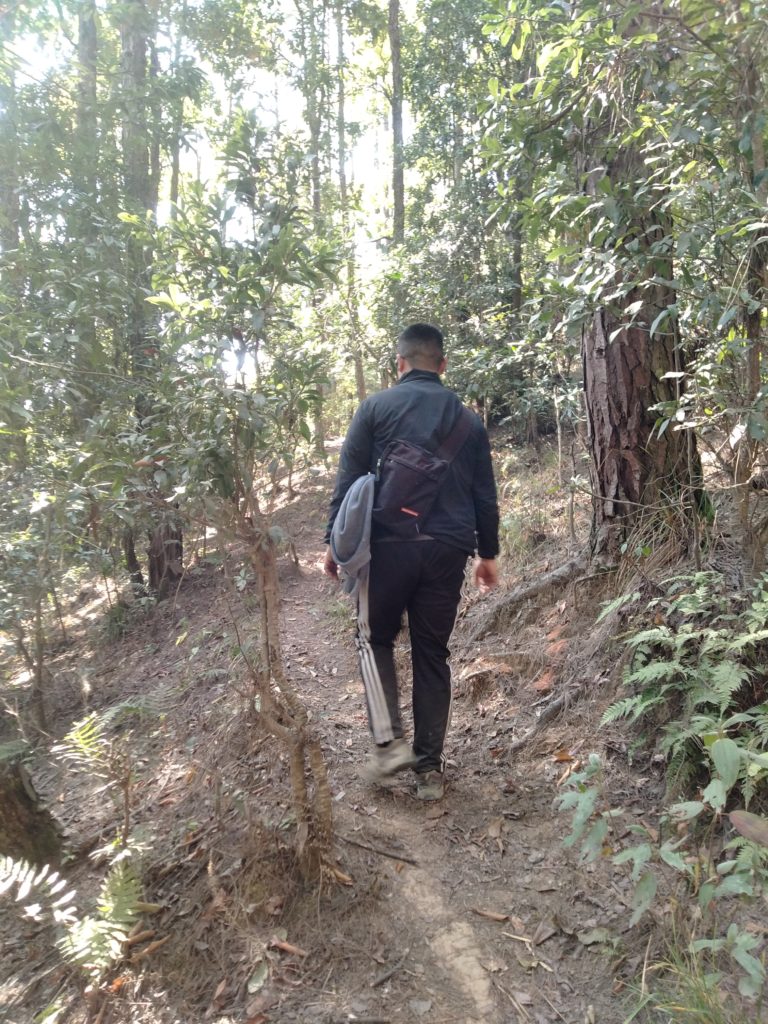
The highlights of our journey include nostalgic memories and tasting Aaila. Upon reaching Gadgade after hours of walking, we encountered Kalidevithan on our left and the Brahma Kumari Centre on our right. Our first visit was to Kalidevithan, where we met Mr. Nabaraj Ghale Magar, the priest. Despite my eagerness to capture the moment, I complied with his request not to take pictures inside the temple. After making a small donation to the Goddess, he graciously allowed us to take photos. Later, we visited the Brahma Kumari Centre.
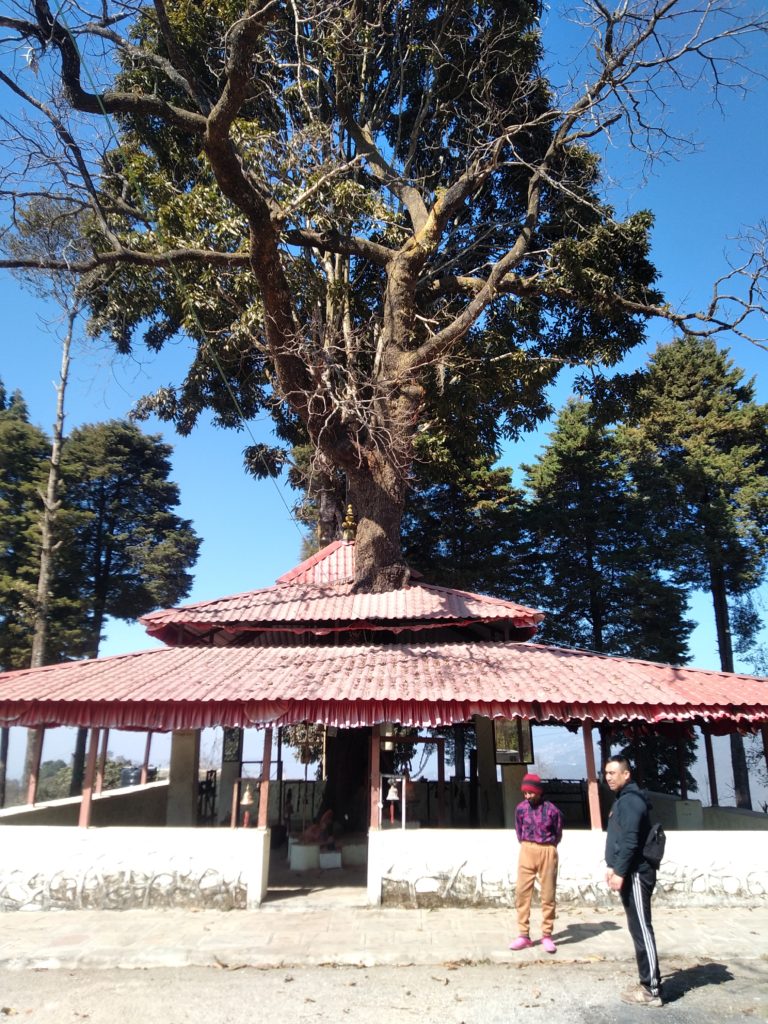
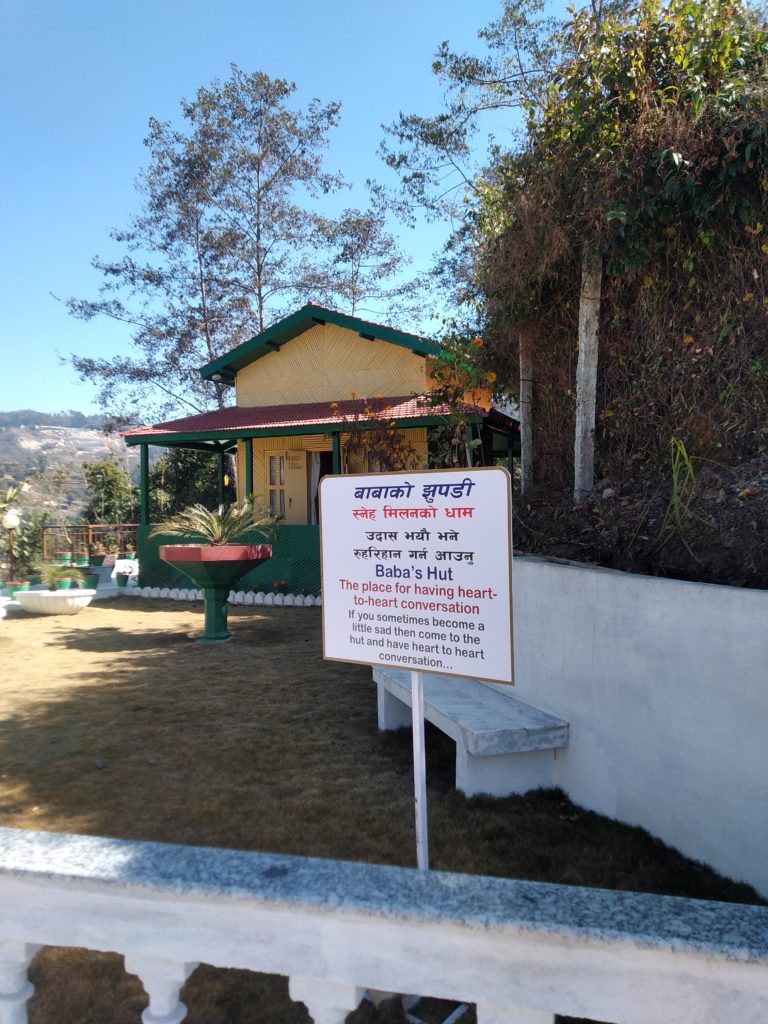
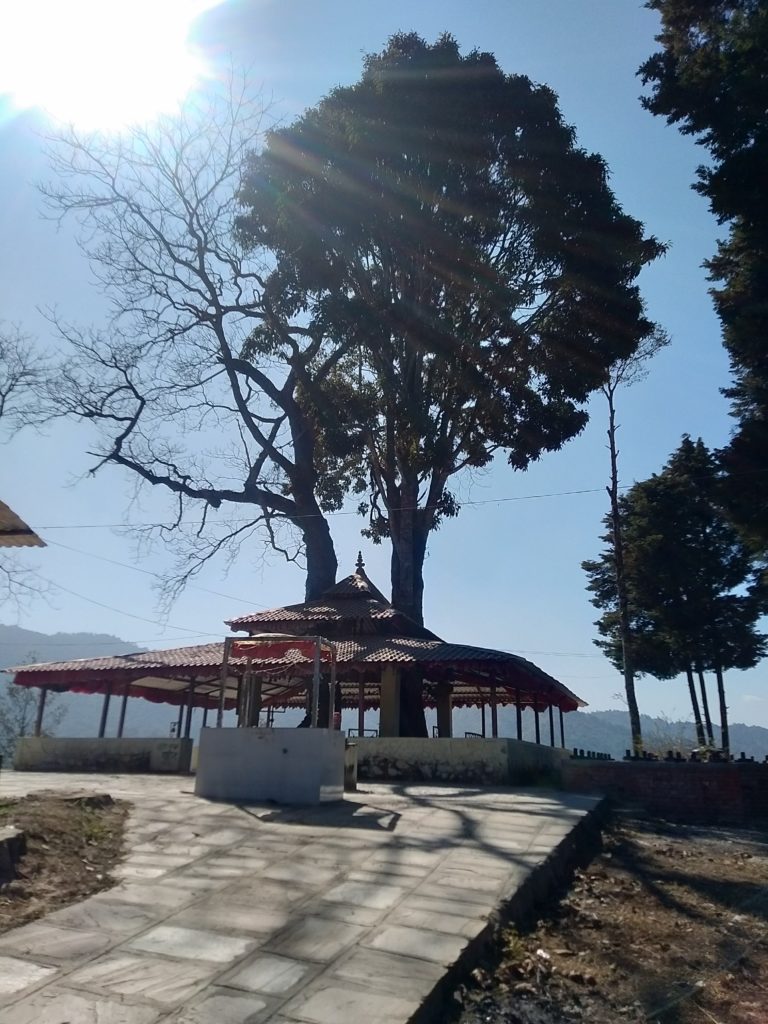
Our journey resumed from Gadgade towards Changunarayan, a UNESCO World Heritage Site. We traversed the familiar paths and stumbled upon some new ones along the way. After an hour of walking, we finally arrived at Changunarayan. The area surrounding the temple bustled with shops. One particularly charming shopkeeper urged us to try Titaura. I promised her, “I will, but after I return from the temple.”
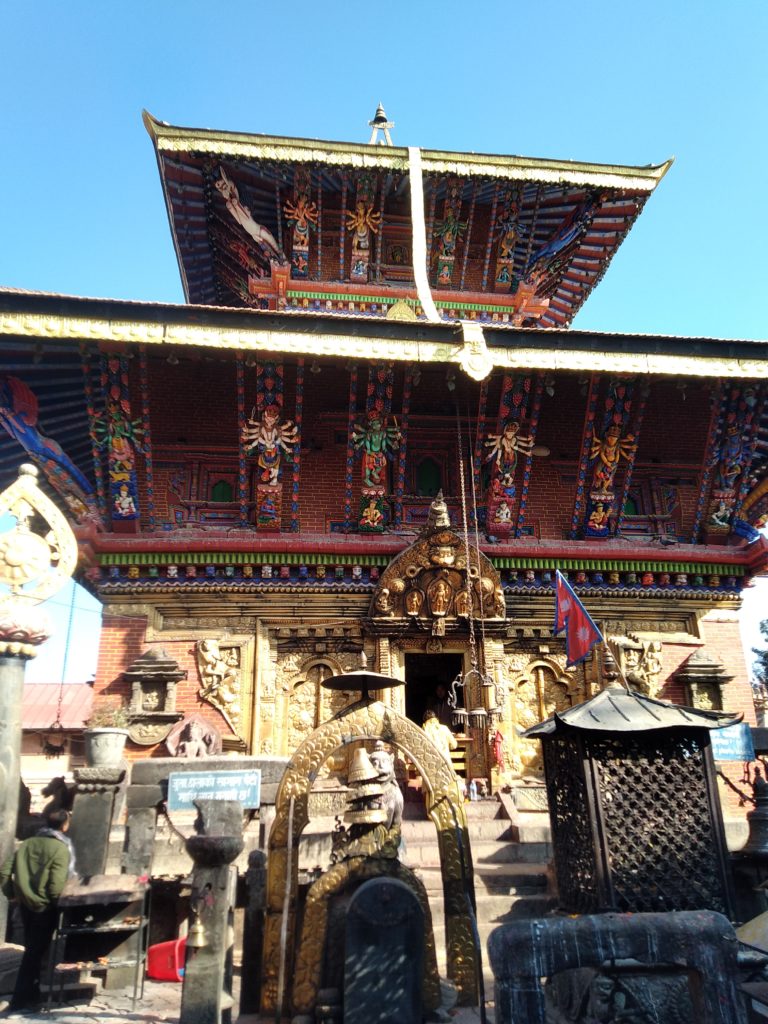
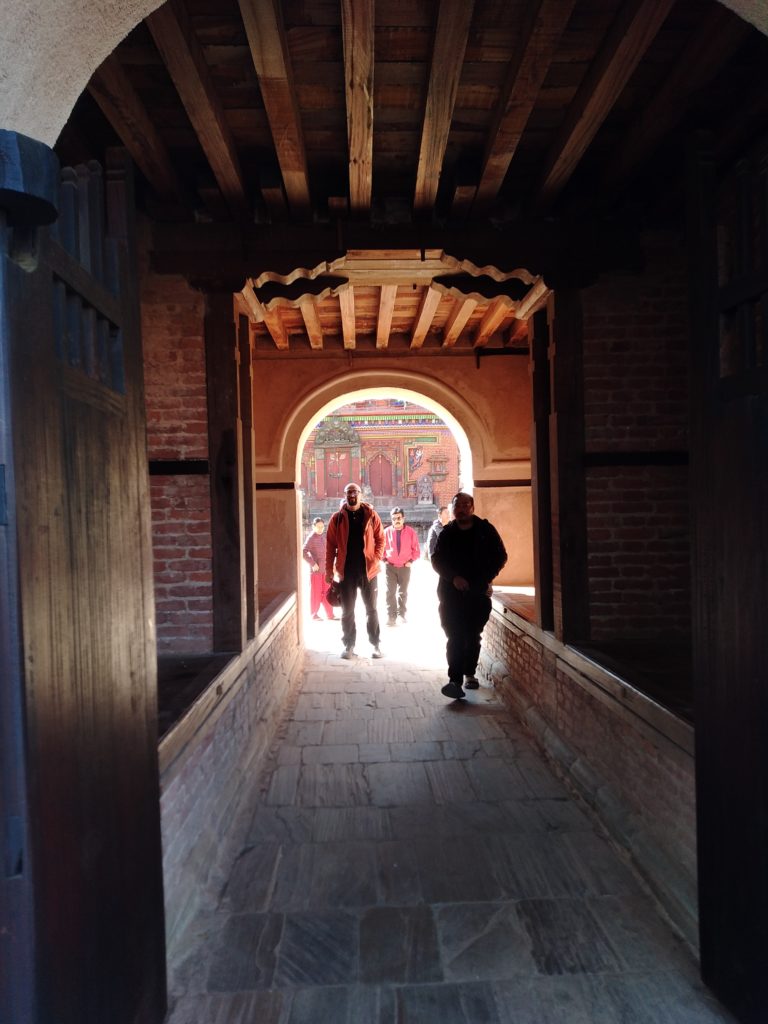
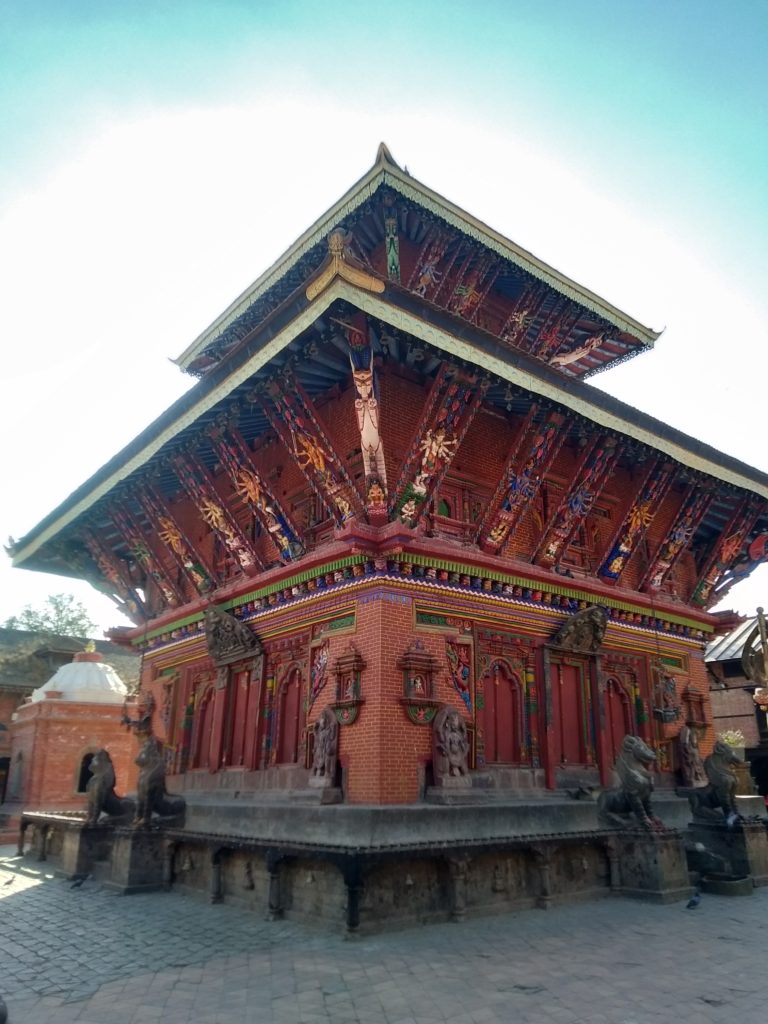
After spending some time inside the temple, snapping a few pictures, and purchasing the promised titaura, we realized it was already four o’clock, and our stomachs were rumbling with hunger. Therefore, we hopped on a bus headed towards Bhaktapur to explore Newari cuisine at various eateries.
Quest for Newari Flavors
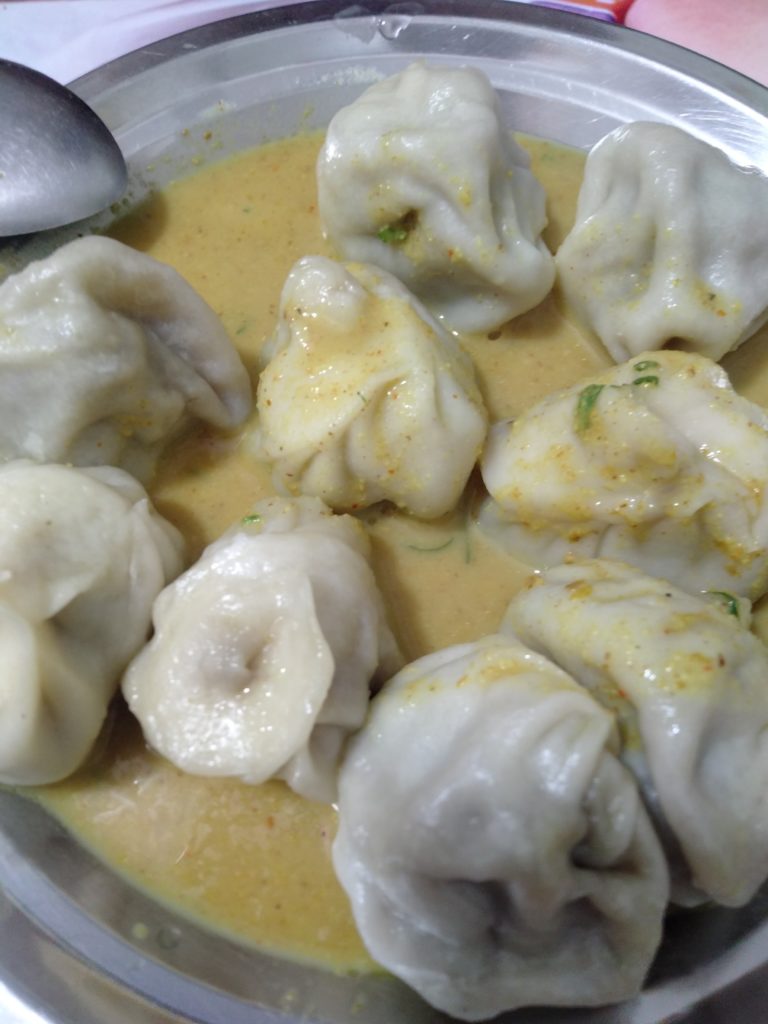
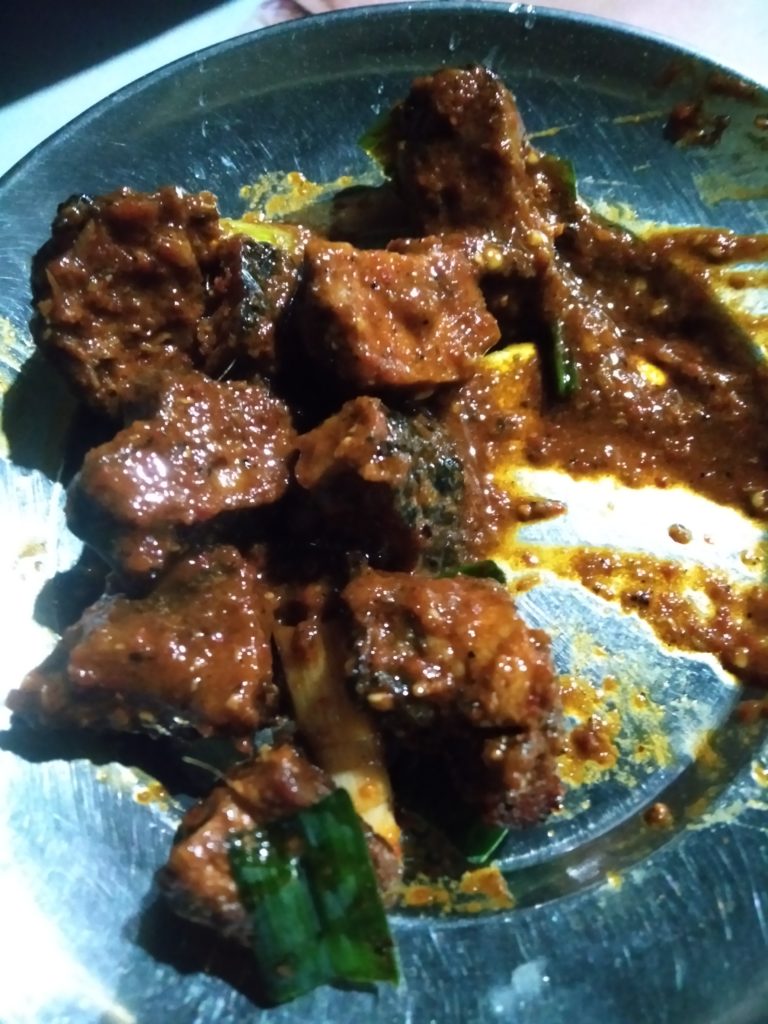
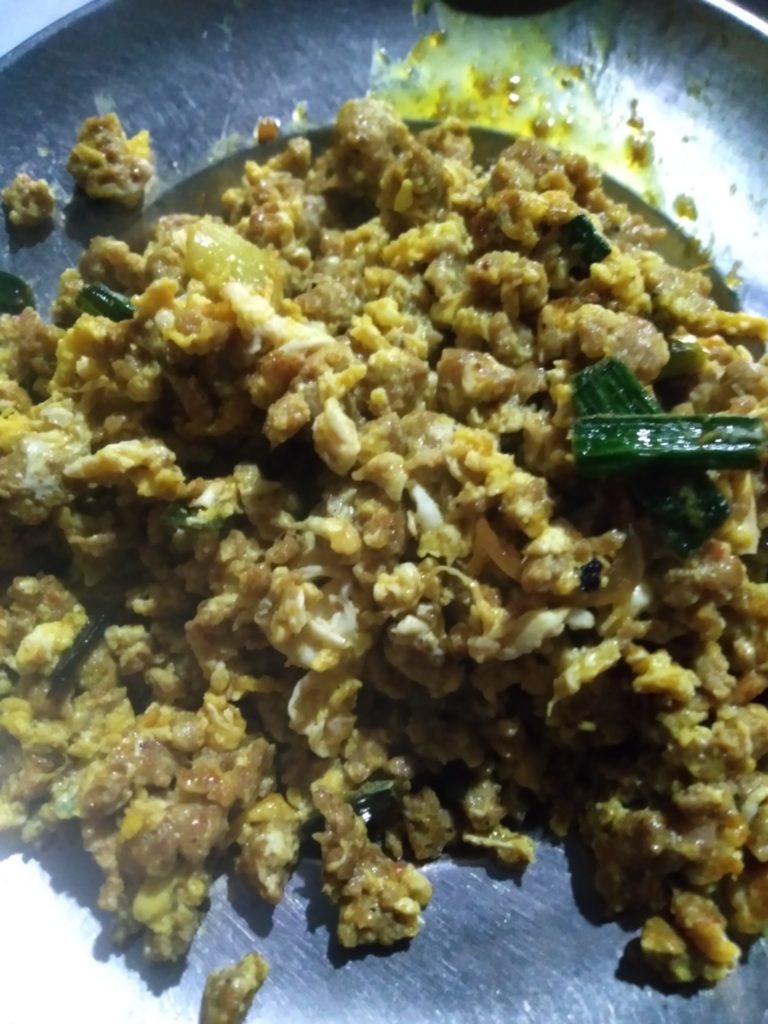
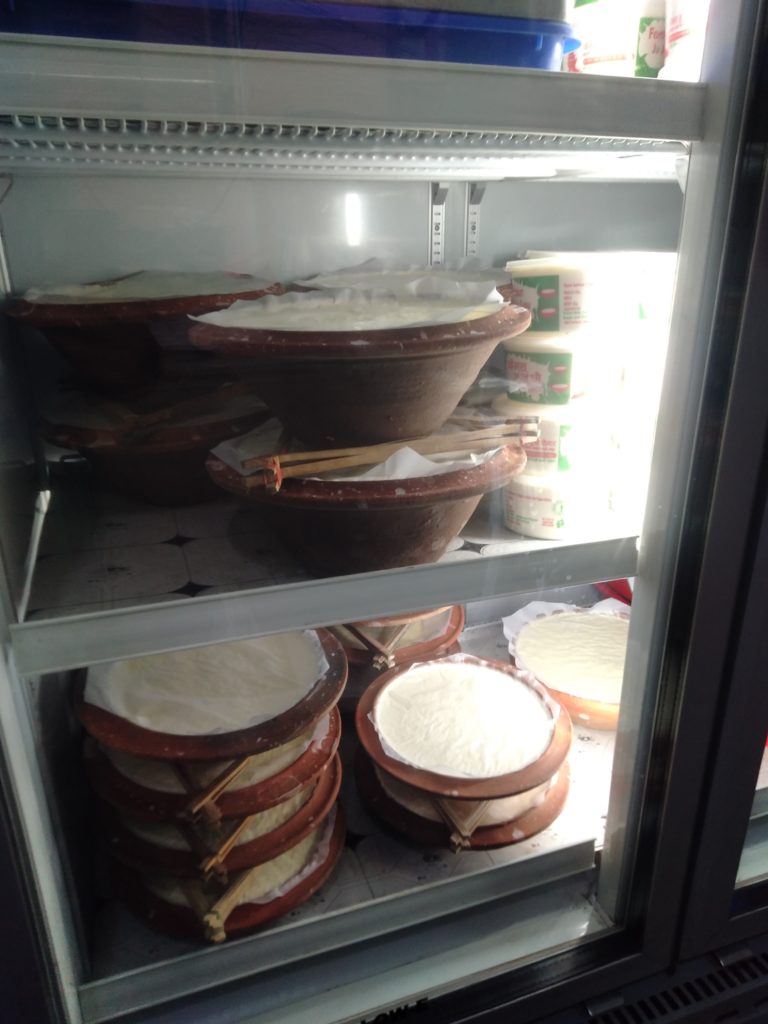
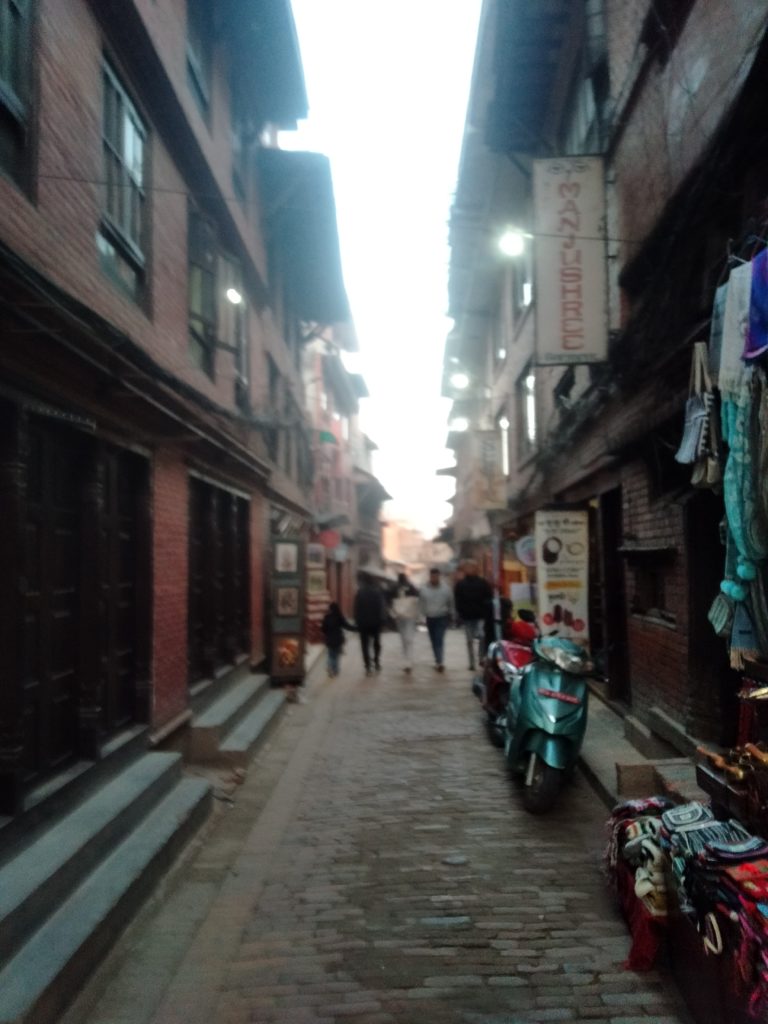
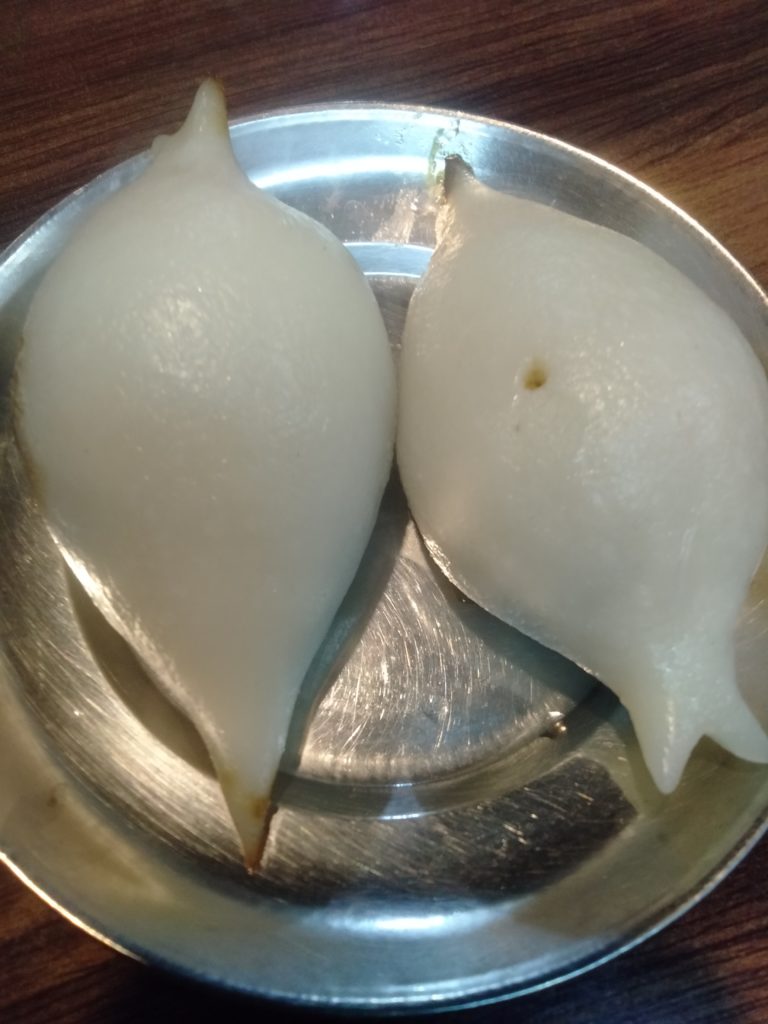
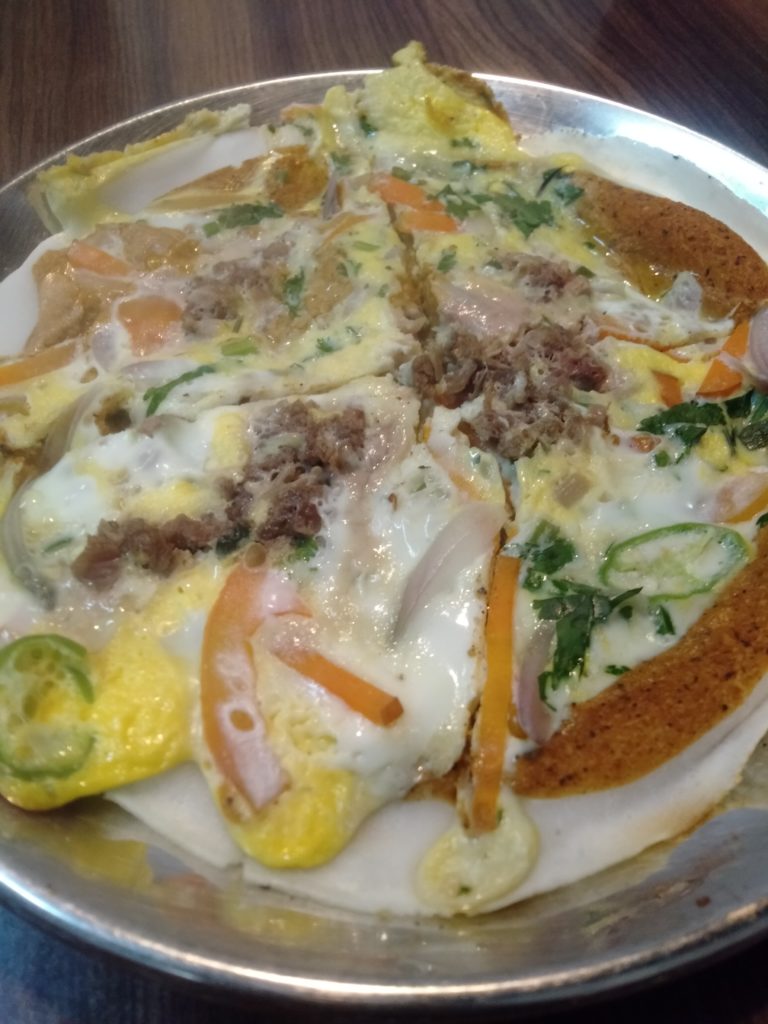
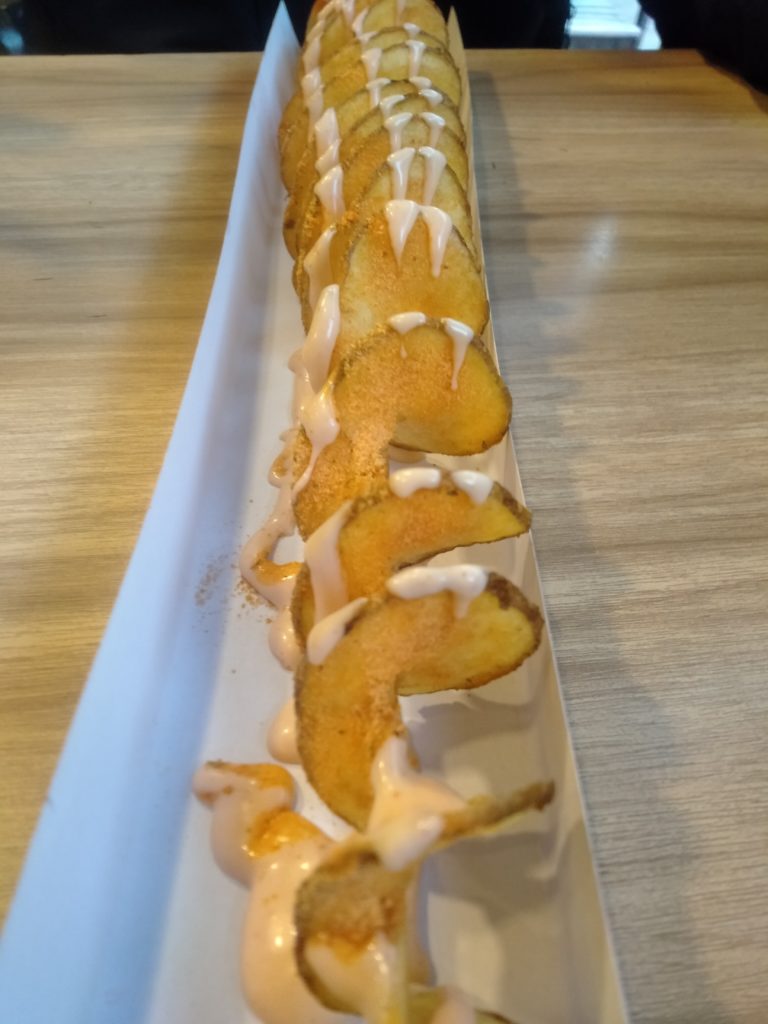
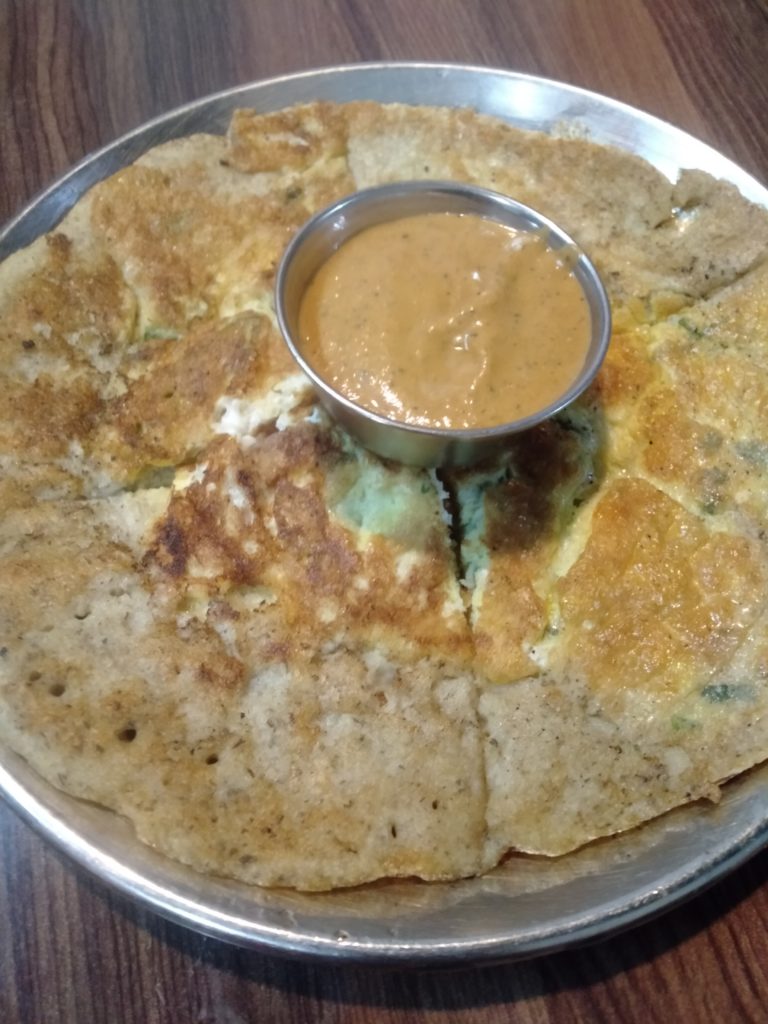
Before our culinary expedition, we set a rule: to sample only a few items from each restaurant. With hungry stomachs and a craving for momos, we tried “New Everest Momo” in Kamalbinayak, relishing a plate of buffalo momos. We then explored “Choiyala Specialist,” enjoying Choiyala, Kachila, and Aaila, but disappointed by the drinks. In Bhaktapur, one simply can’t overlook “JUJU Dhau”, and neither should we. Trying tornado chips at “Aalu Cha,” we found them pricey. Lastly, at “Swastik Restaurant and Newari Khaja Ghar (Khauma, Bhaktapur),” we anticipated Chatamari, Yomari, and Bara, but were let down by the food. After nearly ten hours, we decided to head back home.
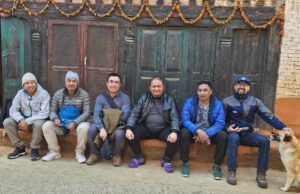
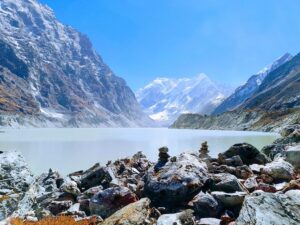
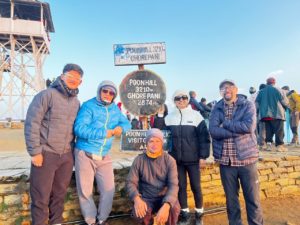
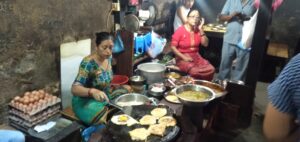
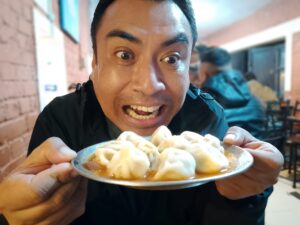
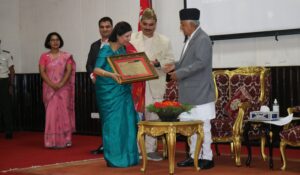
You have tasted all typical newari yummy 👍 I feeling so admired reading your post.
Thank you so much for reading my post.